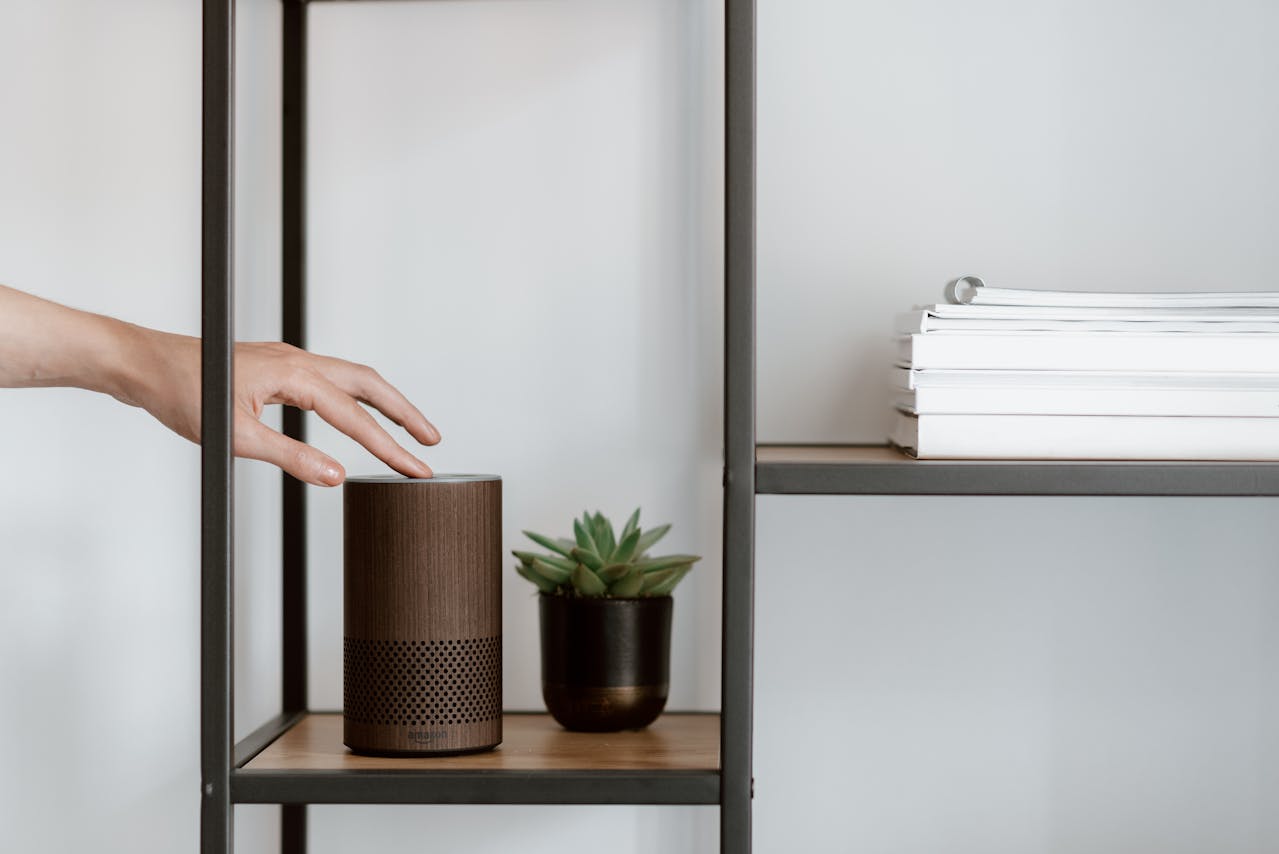When I moved into my new house back in September, one of the very first things I did was to get cracking on an ambitious project: transforming my regular home into a smart home. Over the past year, this journey has been filled with learning, experimentation, and some surprising insights. Here's a look at how things have evolved, the lessons learned, and what the future might hold.
The Initial Setup
The day I got the keys to my new gaff, I was already unpacking boxes of smart home stuff: I installed smart bulbs and switches in (almost) every room, door sensors, motion detectors, and more recently, a Hive thermostat. The idea was simple: make the house smarter, more energy-efficient, and ultimately, more convenient.
One of the key fundamentals when setting up my smart home was ensuring that "normies" (visitors, guests, etc.) would still be able to use all the appliances in the house without any explanation or guidance. This meant that smart switches had to operate in exactly the same way as a as regular switch, and lights could still be turned on and off at the wall without any apps needing to be downloaded. This design philosophy massively helped in avoiding confusion and ensured that my place remains functional for everyone, regardless of their tech-savviness.
The Growing Pains
While the initial setup seemed perfect on paper, real-life use very quickly exposed some flaws. One of the more significant challenges came from setting up "motion-based illuminance." I envisioned a system where lights would automatically switch on and off based on motion and ambient light levels. Great in theory, not exactly ideal in practice...
For instance, a friend staying over one night had to army crawl across the living room floor to avoid triggering the motion sensors while we watched a movie 😂 The sensors were so dang sensitive that any slight movement would turn the lights back on, disrupting the cozy, dimmed atmosphere we were trying to maintain 🍿
This experience taught me the importance of fine-tuning the sensor sensitivity and placement. It also highlighted the need for a manual override options to prevent such awkward scenarios.
Smart Door Locks: A Work in Progress
I've also been messing with the idea of installing smart door locks. I successfully installed one on the door to my home office with a fingerprint sensor & keypad on it. I realized pretty quickly however the limitations imposed by compatibility issues with the Tuya Home Assistant integration. As of right now, Home Assistant doesn't support the smart lock at all 😐 which pretty destroys my chances of fully integrating it into my smart home setup
Alexa: Not Quite Star Trek Yet
Another major component of my smart home is Alexa. I've always had high hopes for her capabilities, envisioning a future where I could control almost every aspect of my home with voice commands just like on the USS Enterprise. While Alexa can turn lights on and off and occasionally crack a joke, she hasn't quite lived up to my "Star Trek" expectations.
Voice commands are often misunderstood, and the integration with other smart devices can be hit or miss. There’s definitely some potential there, but it’s clear that we’re not quite at the level of seamless, integration I had hoped for.
The Year Ahead
Looking back on this past year, the journey to creating a smart home has been a mixed bag to say the least. There have been moments of frustration, like dealing with overly sensitive motion sensors, and moments of triumph, like perfectly synced lighting scenes for different times of the day.
As smart technology evolves, I’m cautiously optimistic about the improvements and new functionalities that will become available. I'm particularly looking forward to better compatibility across devices and more advanced features from voice assistants. Ultimately, the goal is to make my home even smarter, more intuitive, and more aligned with the vision I had when I started this journey.
In the meantime, I'll keep tweaking, experimenting, and learning. After all, the essence of a smart home is that it's never truly finished—it's an ongoing project that evolves with each new technological breakthrough. Here's to another year of smart home shenanigans
More like this...

9th June, 2025
Why I Use Bootstrap Templates
Good bones matter. I use Bootstrap templates to skip the boring bits and jump straight to building something amazing!
Published: 9th June, 2025

9th June, 2025
Home Assistant - 1 Year On
365 days later, here’s what I love, what I’ve changed, and what I wish I knew when I started with Home Assistant.
Published: 9th June, 2025

2nd June, 2025
Unit testing, yay or nay?
Pros and Cons of adding automated tests to online projects
Published: 2nd June, 2025
